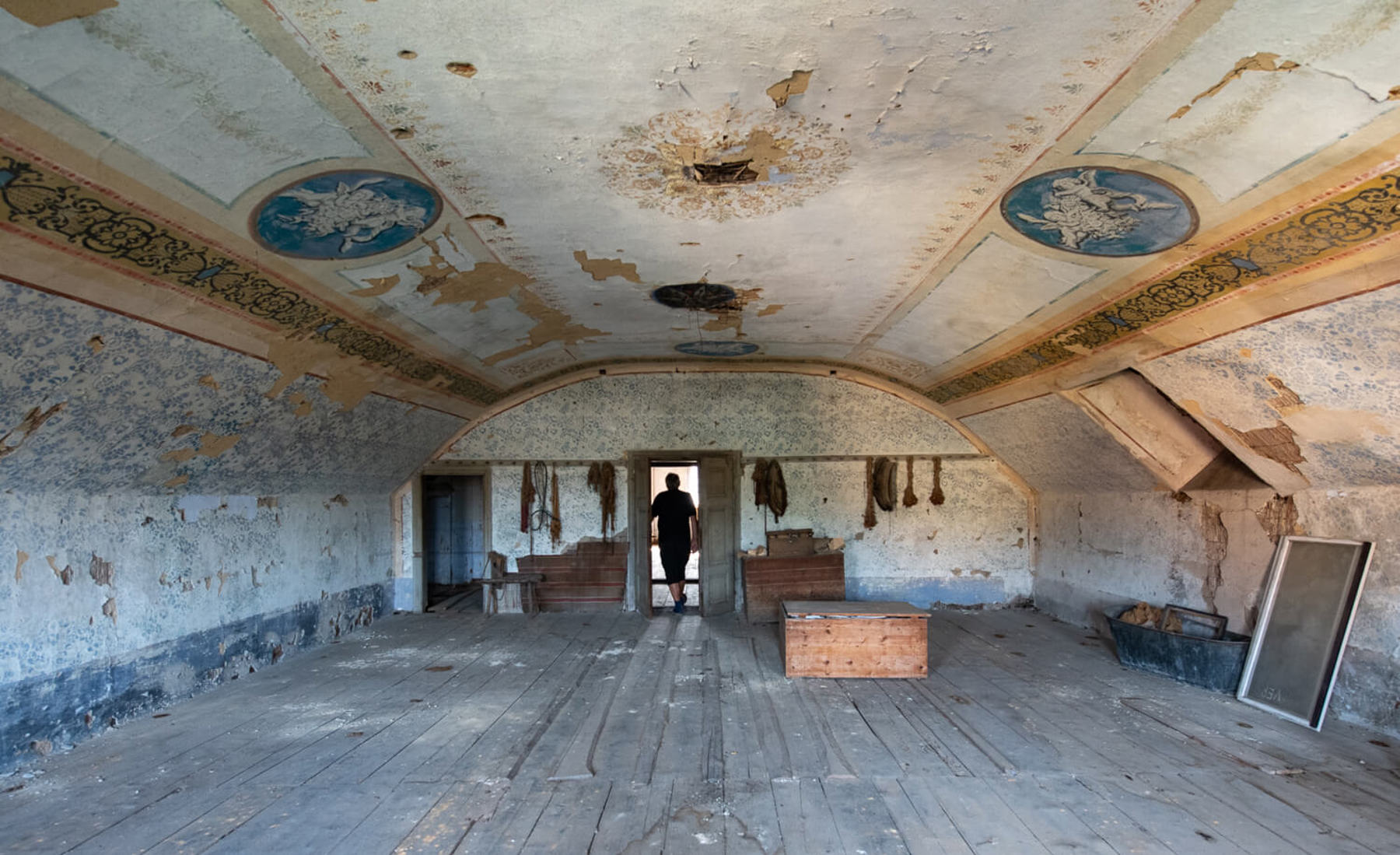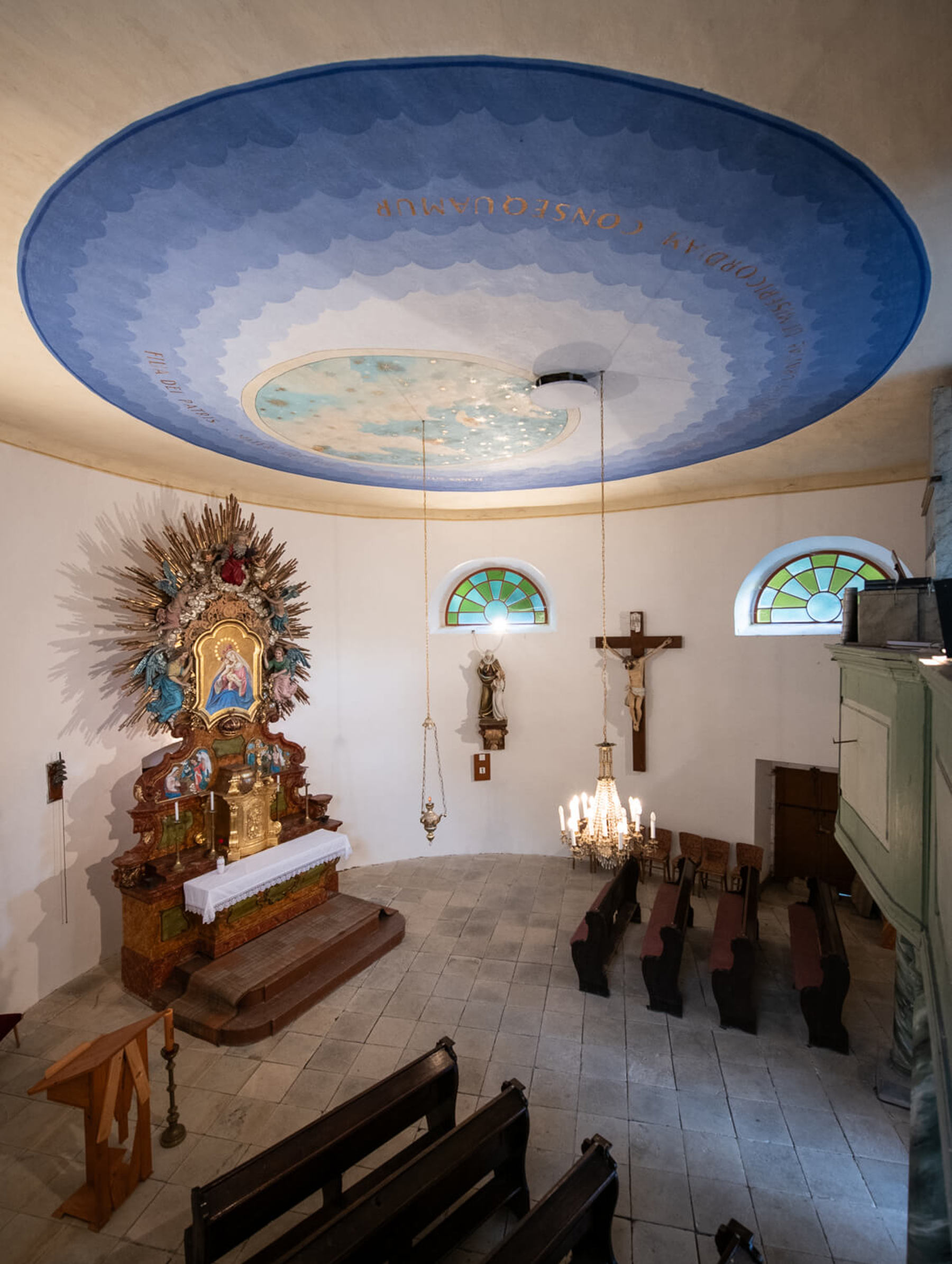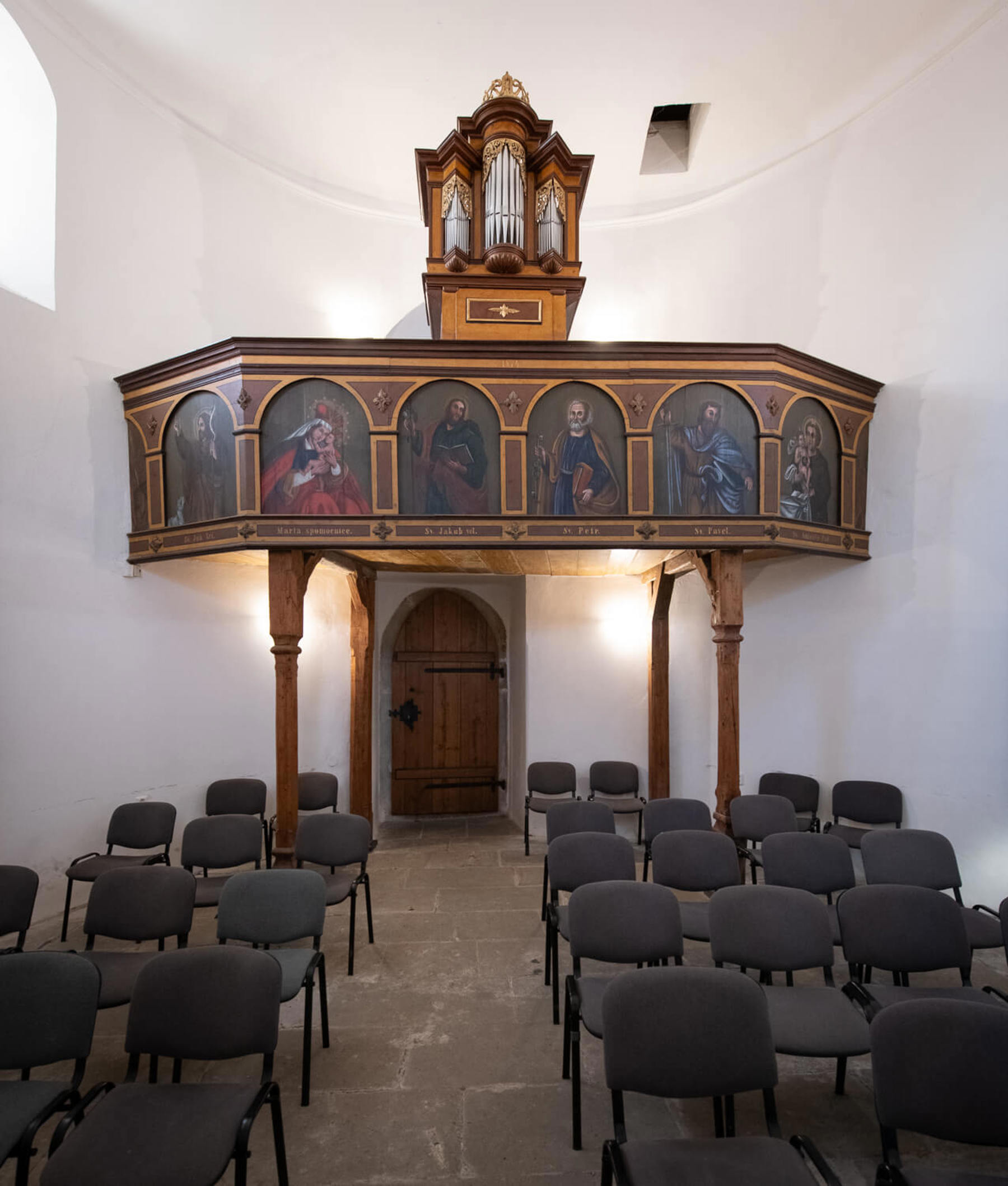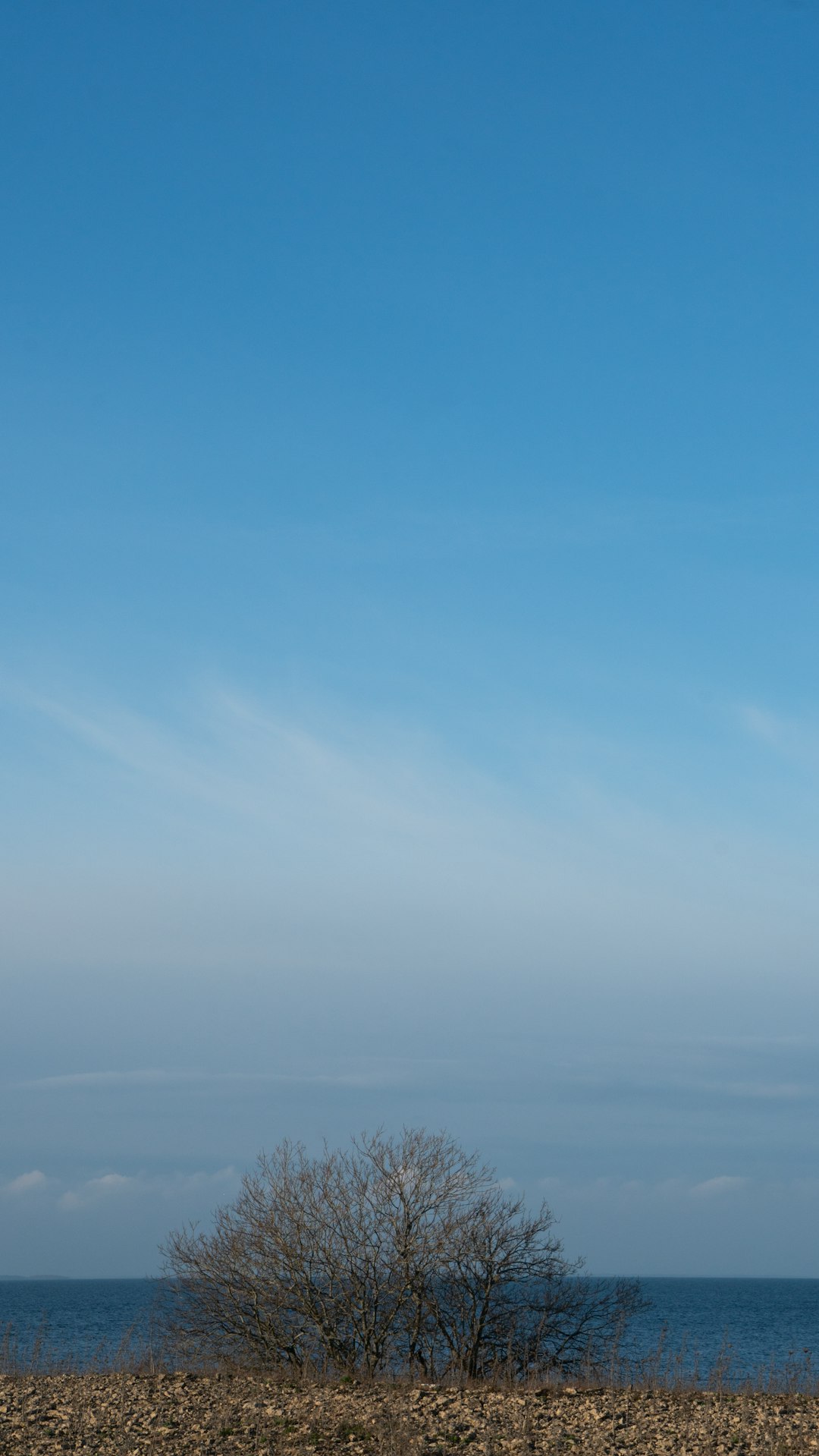20. November 2023

Exciting and valuable locations in the form of two regional hospitals with unused premises, the uniquely preserved and stylistically uniform Klubcentrum Cultural House from the 1980s, and the fantastic premises of the successfully reconstructed Automatic Mills were revealed to filmmakers during the tours on October 3 and 4, 2023, organized by the East Bohemia Film Office in cooperation with the Czech Film Commission.
Location manager Pavel Kováč from the agency Scoutboy singled out the Automatic Mills from the locations he visited: “They look like it could be in Berlin, Paris, or New York,” he said, appreciating the location’s versatility, especially for foreign projects. “Everything was planned perfectly to the minute, and we saw so many great locations.”
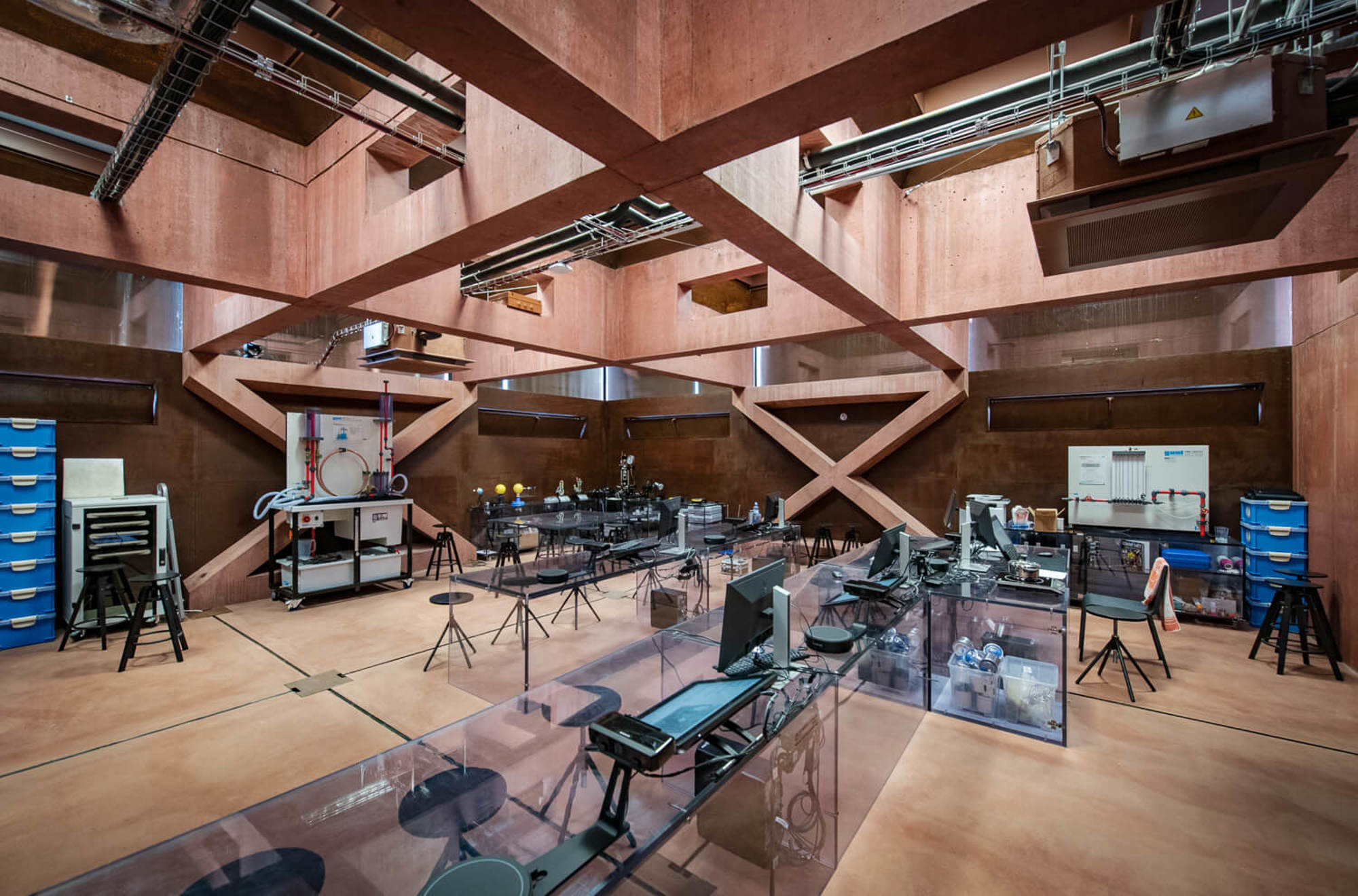
© Czech Film Commission
Duha Youth Recreation Center
As part of the revitalization of the former Perla textile factory, a new building for the Youth Recreation Center was built in Ústí nad Orlicí in 2021 on the site of the former production halls. The facilities offer modern classrooms, a light-filled gym with a climbing wall, a recording studio, a summer amphitheater, and a relaxation area on the green roof with 360° city views.
Jaroslav Kocian Primary Art School
The spacious building, built in 2003, accommodates music, dance, art, and literature/drama classes for 850 children. There is a concert hall with a balcony and a capacity of 180 seats, a small theatre for 40 people, art studios, a large dance hall, and rehearsal rooms. The glass facade of the building opens on a view of the adjacent Kociánka Park with its circular green areas.
Klubcentrum House of Culture
The building, dating from the 1980s, retains a stylishly uniform period interior. The large hall with a standing capacity of 900 spectators features the typical full wooden paneling - including the ceiling - and the technical room is hidden behind the balcony. On the first floor, there are smaller lounges with a bar. The facade of the House of Culture is decorated with two large-format period mosaics.
Roškot Theatre
The architectural gem of the first half of the 20th century was built in 1936. It was designed by architect Karel Roškot, the “Czech Le Corbusier.” The theatre is a beautiful example of Functionalism, where form follows function, from the dressing rooms to the austere auditorium, balcony, and boxes. The theatre’s wiring has been renovated, and the seats were replaced.
Orlicko-Ústí Hospital
The regional hospital, with a capacity of 300 beds, includes a new four-story pavilion built in 2022. One entire furnished ward of the hospital is currently unused due to a move.
Přívrat Farm
The farmhouse and residential buildings from 1920-1930 enclose a grassy inner courtyard (16 x 10 m) on four sides and a mature tree. In one of the ground-floor rooms, the vaulted ceiling is supported by massive brick columns. In another, the walls are painted with floral ornaments and a wooden ceiling. On the first floor, there is a large hall with a vaulted painted ceiling.
Pilgrimage Chapel of Our Lady of the Mountains
The classicist chapel from 1819 stands in the middle of the forest at the end of a stone path featuring the stations of the cross. It stands above a spring of supposedly healing water. The chapel has been reconstructed, and the ceiling paintings have been restored. The interior, lit by two small stained-glass windows, has a small altar and four rows of pews.
Rotunda of St. Catherine
The Romanesque rotunda from the first half of the 13th century stands on a former cemetery surrounded by a stone wall. The entrance is through a massive brick gate with a turret covered with a shingled roof. The rotunda has been rebuilt many times and now features a Baroque altar. The wooden cladding is supported by carved wooden posts.
Dolní Morava Mountain Resort
The luxury resort offers a range of accommodation options and a full range of services, from a spa to all-day programs for children. The resort is still under development and constructing new apartment buildings. It offers numerous attractions, including a bobsled track, the Trail in the Clouds, and adventure parks for children. The site includes the longest pedestrian suspension bridge, the Sky Bridge (721 m), suspended 95 m above the valley.
Schejbal Villa in Choceň
The Schejbal villa was designed in 1920 by architect Antonín Plíhal for the local sawmill owner. A wooden staircase leading from the central hall creates a gallery on the first floor, where you enter the guest rooms and bedrooms partly furnished with period furniture. The floors are covered with parquet flooring. There is a company headquarters and a café on the ground floor. Next to the villa is a small garden with several mature trees.
Pardubice Hospital
The extensive grounds of the regional hospital include several buildings housing five clinics with 2,000 employees and 950 beds. There are newer prefabricated buildings and older brick buildings in a dilapidated state.
Automatic Mills
The monumental building was designed in 1909 by architect Josef Gočár, who took inspiration from the Babylonian Ishtar Gate. The technical monument has undergone a successful reconstruction, and this year, it opened to the public as a new cultural and social space. A part of the reconstructed Automatic Mills houses the Gočár Gallery administered by the Pardubice Region. The GAMPA Gallery, administered by the City of Pardubice, and the innovative Sféra educational center with modern workshops and classrooms have also found homes in the futuristically designed building. One of the classrooms features a special projection technology called Science on Sphere.
Contact for filming in the Pardubice region:
East Bohemia Film Office, Lucie Ondráčková (l.ondrackova@vychodnicechy.info, +420 725 702 651)
The mission of regional film offices is to attract audiovisual projects to their regions and to be a reliable source of information for Czech producers.
One of the main tools to draw filmmakers’ attention to the region’s film-friendly locations is the location tour, which is organized for Czech film professionals, from producers and location managers to directors, writers, cinematographers, and film architects, by the regional film office in cooperation with the Czech Film Commission.
A representative of the regional film office connects filmmakers with property managers and owners. A location tour is often the first step towards further inspections for a specific audiovisual work in pre-production.
A photographer specializing in architecture, landscape, and location photography is present on the location tour. The resulting photographs are then used for the promotion of the film-friendly locations both by the regional film office and the Czech Film Commission for promotional activities aimed at foreign filmmakers and are actively offered when specific requests from abroad are received.































































































